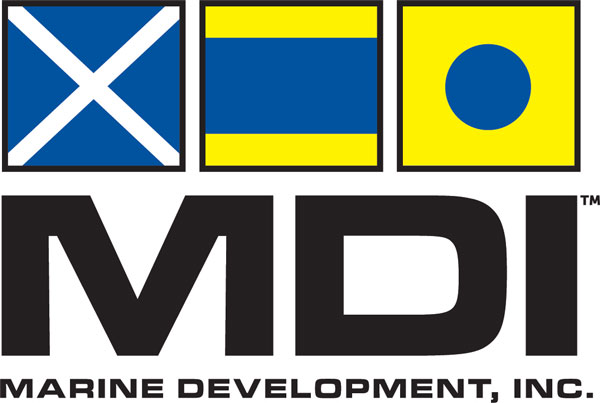What is a floating dock system?
A floating dock (pier) is a platform or ramp supported by pontoons. It is usually joined to the shore with a gangway. The pier is usually held in place by vertical poles referred to as pilings, which are embedded in the lake bed or by anchored cables. Floating boat docks remain at a constant height from the water surface relative to boats sheltered in it or secured next to it, independent of river or lake level fluctuations.
History of Floating Docks
The first floating dock dates back to 1873 when two men, John Stanfield and Edwin Clark, formed Clark-Stanfield and developed the first floating dock, which was designed to raise ships out of the water for repair. In 1873, the company released the first set of guidelines in regard to the rules, regulations, and classification of the building of floating docks. Today, floating docks represent the major majority of marina and boat dock types in freshwater locations.
Why Floating Docks?
Floating docks provide much more stability than fixed pier docks. They are engineered to provide greater buoyancy and to distribute weight more evenly than fixed docks. Because they float, the vertical distances remain the same, allowing boats and passengers to easily enter and exit boats without climbing down to low water levels. In high water conditions, the docks still remain at the same fixed height. If water levels are very low, creating a wider shoreline, the ramps to the floating docks can be extended, allowing the dock to float in deeper water while maintaining access from the shore. Maintenance is low and components can last for years without replacement due to wear. Floating docks can also be moved, if necessary, and can be constructed with open or covered slips.
Floating dock systems are modular. Additional slips can be added for the expansion of growing marinas.
MDI Floating Dock Features
Framing
Galvanized metal frames are the most popular structural design. These frames can be bolted together in various lengths and configurations for total design flexibility. The heavy galvanizing can prevent rust for decades in freshwater lake or river environments, and can often be used in brackish water areas.
Flotation
The main feature that makes floating docks unique is the flotation. It is usually made with styrofoam encased with heavy-duty extruded polystyrene, expanded polystyrene, or a copolymer of polyethylene and polystyrene that cannot be damaged or waterlogged. One encased float can float weight of over 200 lbs. All floating dock systems of MDI are designed and engineered to the specifications demanded by the owner, the environment, the use, and applicable government regulations.
Anchoring
Floating boat docks are held in place in changing water levels by steel pilings or cables. The docks slowly ride up and down the pilings or self-adjusting cables as the water level changes. In constant level water, chain anchoring systems are used. The chain systems can be adjusted using winches controlled by tension at multiple locations around the entire marina. Often a combination of these two types of dock anchoring systems is employed.
Decking
A variety of decking options are available, including natural concrete, white concrete, wood, composite or a combination of these types. Custom decking options can also be considered. Decking is usually designed as planks or panels that can easily be installed or replaced if necessary.
Roofing
Most roofing is made of sturdy but lightweight roll-formed aluminum panels riveted in place. Specification depends on width, height, and weight-bearing requirements such as ice or snow. Sun decks can also serve the dual purpose of recreation and roofing. As with most MDI floating dock systems, custom options can be considered in the overall design and usage of the marina.
